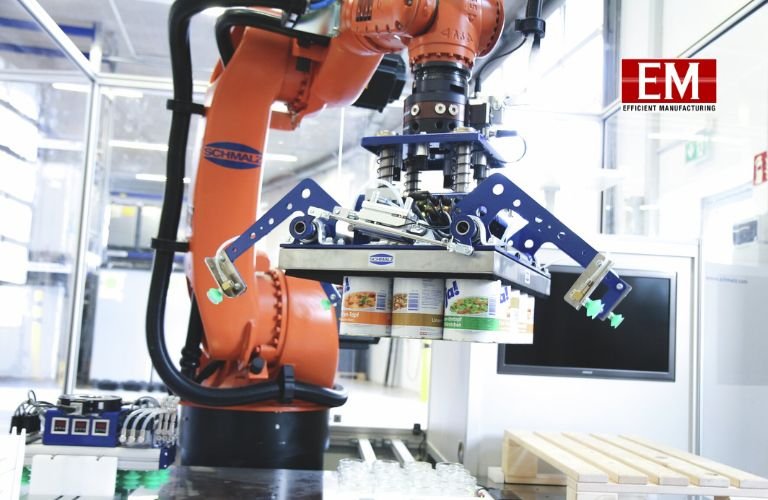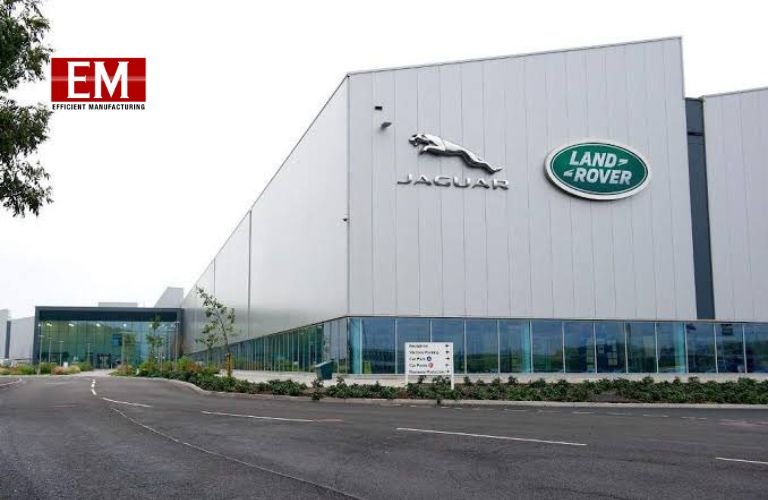| The aerospace industry has seen a massive shift in recent times. Commercial passenger traffic is forecasted to become twice the traffic as we know the pre-pandemic trend. Defence considers unmanned combat systems a valuable force. It is pivoting towards innovative and sustainable technologies with electric or green VTOL (Vertical Take-off) and electric and hybrid models.
Jayaraj Rajapandian,
Head of Avionics,
Tata Elxsi
This shift reflects a broader trend toward efficiency, sustainability, and global dynamics. These advancements are paving the way for a new era in aviation, where autonomous systems are playing a crucial role in enhancing operational safety and efficiency and driving the industry’s commitment to sustainability and innovation. This should reassure us all about the future of aerospace.
Situation Awareness & Collision Avoidance: Essentials of Autonomous Systems
Autonomous airborne systems leverage technological advancements in high-precision computing, precision sensor technologies, and information and communication technologies. Situation awareness is a crucial technology for autonomous systems, which enables them to perceive the environment regardless of weather and ambient conditions. In most aircraft, it involves understanding weather, traffic, and terrain conditions. However, in urban air mobility and unmanned combat systems, the process is more complex and requires the integration of more sensors, such as LiDAR, RADAR, and high-definition cameras, to perceive the environment accurately. The onboard intelligence must detect, identify, and track objects enroute, and local decision-making is necessary to determine the appropriate action based on the nature of the object and the mission engaged. Navigation software must be capable of making decisions for collision avoidance without any remote human intervention. The actions may differ depending on the mission, such as gathering intelligence, surveying a terrain, reconnaissance, and combat. Situation awareness and localized decision-making complement each other to achieve the mission. Tata Elxsi has pioneered the technology for accurately building perception using sensor fusion and shaped it through diverse mission-critical applications in transportation industries. The widespread adoption of autonomous airborne systems also risks secure communication, reliability of systems and validation of friend or foe identification. Cyber security is an essential part of communication and must be developed with the utmost integrity.
Beyond Human-Machine Collaboration
Situation awareness further plays a key role when thousands of UAVs fly in lockstep, exchanging conditions and commands. Swarming does not compromise the mission, even if a significant army of birds is intercepted. Even in the era of autonomous navigation, human-machine collaboration remains crucial. Humans are engaged in monitoring and controlling missions instead of operations. Human-machine interaction thus graduates from controlling flight operations to missions.
The ongoing debate about AI and machines taking over humans has been a hot topic for a while now. However, it’s clear that human interface or collaboration will continue to exist. While big data, AI, ML, and other technologies will continue to push the boundary for autonomy, human intelligence will remain at the forefront of leading a mission, overcoming problems, and eventually succeeding. Human intelligence will also ascend the autonomous ladder to operate at the mission level.
The topic of human-machine collaboration would be incomplete without discussing the role of AI and ML tools. In the defence sector, the integration of advanced image and data processing technologies has significantly enhanced predictive capabilities. The operation of numerous fleets generates vast amounts of data, necessitating the application of big data analytics and artificial intelligence to streamline daily operations and predictive maintenance. This process involves consolidating data within secure data centres, ensuring the security and real-time transmission of information through secured channels, thereby enabling efficient operations. Like large bird design and development, the unmanned aerial vehicle undergoes numerous design iterations, from conceptual design to production. Digital twins can accelerate the design cycle by modelling the operation conditions and structures and validating them in a simulation environment.
Future Prospects of Airborne Autonomous Systems
The future of the aerospace industry is a beacon of hope, with a strong focus on the safety of aircraft for commercial purposes. While it may take about a decade to see a full transformation, the rise of electrified, unmanned vehicles is inevitable. The current research and investment in these areas are exponential and seed the revolution that will undoubtedly blossom in the coming decades, reshaping the industry as we know it.
The rapid transformation is witnessed in miniaturizing Avionics through platformization, adapting new or hybrid modes of energy source, VTOL technology advancements, integrating with more sensors to improve navigation performance, and autonomous solutions using AI/ML. Technological advancements in these areas would make commercial transportation more reliable, safer, sustainable, and efficient, with twice the traffic by 2030. Urban air mobility would be accessible for commuting and logistics purposes. Infrastructure such as Vertiport would accelerate urban mobility. Solutions towards eVTOL/gVTOL to address long endurance and higher payload capacity will enable UAVs to replace conventional combat systems. In summary, the aerospace industry’s future is in a state of evolution, poised to redefine the current way we use aerial vehicles.








